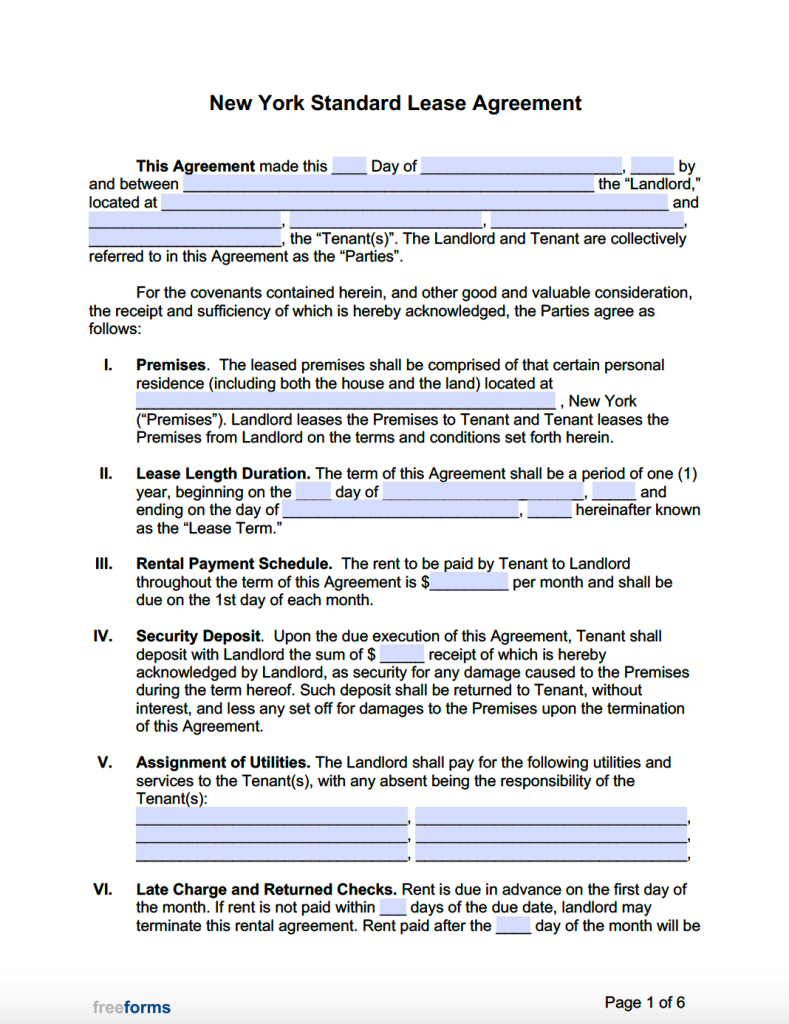Understanding CSIS Paperwork for NY State Education

The Importance of CSIS Paperwork in New York State Education

In the dynamic landscape of New York’s education system, the Coordinated Student Information Services (CSIS) paperwork plays a pivotal role in streamlining data management and ensuring educational equity and efficiency. This comprehensive guide will delve into why CSIS paperwork is essential, what it encompasses, how to navigate its complexities, and why every educator, administrator, and student should understand its significance.
Why CSIS Paperwork Matters

The CSIS System is an integrated approach to manage student data across New York State, providing:
- Centralized Data: Centralizes student records for easy access, reducing administrative burden.
- Student Transfers: Facilitates seamless student transitions between schools by ensuring all records are up to date.
- Data Accuracy: Ensures high data accuracy and consistency across institutions.
These points highlight the system’s role in making educational administration smoother and more effective. Here’s a deeper look at how each aspect contributes:
Administrative Efficiency: With detailed student profiles in one place, educators and administrators can save significant time otherwise spent on manual data entry or communication for data retrieval.
Improved Transfers: Students moving between schools no longer face disruptions or delays due to lost or incomplete records, ensuring continuity in education.
Consistency and Compliance: Accurate data helps meet compliance standards set by the state, which in turn informs educational policies and funding decisions.
Understanding the Components of CSIS Paperwork

CSIS paperwork includes several key components:
- Student Enrollment Form: Captures essential student information, guardians, and health records.
- Transfer Records: Ensures all student data, academic and disciplinary, transfers correctly.
- Health and Immunization Records: Mandatory for school entry and ongoing health monitoring.
- Attendance Records: Ensures accurate attendance tracking.
- Special Education Records: Detailed documentation for students with special needs.
- Grades and Transcripts: Records student progress over time.
Here’s a brief overview of each:
Student Enrollment Form: This document gathers basic student information, including name, date of birth, address, contact information, emergency contacts, and the like. Additionally, it captures necessary medical information such as allergies, vaccinations, and any health conditions.
Transfer Records: When a student transfers, this form ensures that all necessary records, including academic performance, disciplinary actions, and special education plans, are forwarded to the new school.
Health and Immunization Records: Schools must ensure that all students meet the state’s immunization requirements before they can attend classes. These records are critical for both immediate health considerations and long-term medical oversight.
Attendance Records: These documents track student attendance, informing schools and families about truancy, and helping in the early identification of issues.
Special Education Records: For students requiring special education, these records detail the Individualized Education Program (IEP), behavioral plans, and any related assessments.
Grades and Transcripts: A record of a student’s academic journey, providing a summary of their educational progress and achievements.
Navigating CSIS Paperwork: A Step-by-Step Guide

Understanding CSIS paperwork can initially be overwhelming, but with a systematic approach, it becomes manageable:
Gather Required Documents: Ensure you have all necessary records like birth certificates, immunization records, and special education plans if applicable.
Fill Out Forms Correctly: Provide accurate information on all forms, double-checking for errors. Here are the main forms:
- Student Enrollment Form
- Transfer Records
- Health and Immunization Records
🔍 Note: Use black ink when filling out forms, as many schools use electronic scanning for data entry.
Submit Forms Promptly: Timely submission ensures your student can start school on time, especially critical when transferring mid-year.
Keep Copies: Always keep copies of all submitted paperwork for your records.
Engage with School Administration: Regular communication with school staff ensures any changes or updates are reflected in CSIS records.
Ensure Confidentiality: CSIS paperwork contains sensitive student information, which must be handled with strict confidentiality.
Data Verification: Regularly verify the data in the CSIS system to ensure accuracy.
Stay Informed: Changes in CSIS policies or forms should be tracked through official channels or school communications.
Enhancing Educational Outcomes

Understanding CSIS paperwork isn’t just about administrative efficiency; it directly affects student outcomes:
Data-Informed Decisions: With comprehensive student data, schools can make evidence-based decisions tailored to individual student needs.
Tracking Progress: CSIS allows for easy tracking of a student’s educational trajectory, highlighting areas for improvement or success.
Intervention Programs: Targeted interventions can be developed, ensuring students receive support exactly where they need it.
The Future of CSIS and Education Data Management

The evolution of CSIS paperwork will likely see:
Digital Transformation: Moving towards more digital, real-time data management systems.
Interoperability: Better integration between schools and educational systems to share data securely.
Privacy Enhancements: Ensuring data security while enhancing access and usability.
By understanding and navigating CSIS paperwork effectively, New York State schools can continue to offer high-quality education, tailored to each student’s unique needs, setting a strong foundation for their future.
What is the CSIS system?

+
The Coordinated Student Information Services (CSIS) is a system designed to manage and standardize student data across New York State schools, facilitating better data accuracy, transfers, and administrative efficiency.
Why is it important for parents to engage with school administration regarding CSIS paperwork?

+
Engaging with school administration helps ensure accurate data entry, timely updates, and provides a clear channel for addressing any issues or changes in student information, which can affect educational services and outcomes.
How can understanding CSIS paperwork affect educational outcomes?

+
Understanding CSIS paperwork allows schools to make data-informed decisions, track student progress more accurately, and provide targeted interventions, ultimately improving educational outcomes for students.